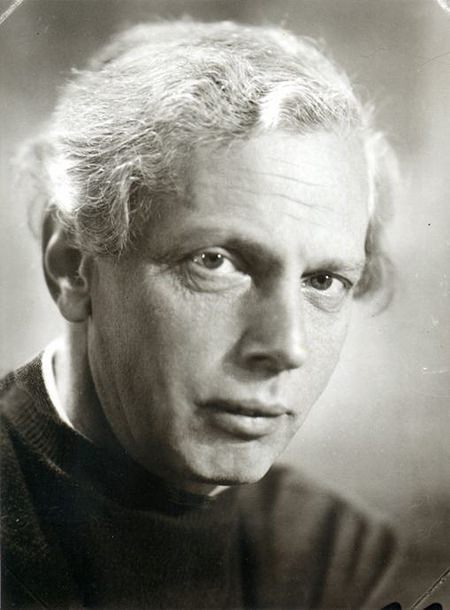
William Byrd was one of the most celebrated composers of the Shakespearean Era remembered today for his fine choral works and his contribution to Elizabethan keyboard music. As to the Bees, well, anyone who has accumulated a collection of classical CDs knows only too well that you need a disproportionate amount of shelf space to accommodate their music. I am of course referring to all those composers whose surnames begin with the letter “B”. I have no idea why, but there do seem to be an awful lot of them.
I suppose most people know the names of the Big Bees like Beethoven, Brahms, Berlioz and Bruckner. The seventeenth century saw the emergence of the influential Bach family in Germany. In the Welsh language, the word bach means “small” but this family was enormous and held sway in German musical circles for about two hundred years. Fifty of the Bachs were musicians and at least four of them are still recognized today as influential composers, especially Johann Sebastian Bach considered the greatest of them all. The twentieth century brought more Bees in the form of Berg, Berio, Boulez, Britten, Bliss, Bernstein, Barber and Bartók to name just a handful.
Anyway, the other night in the bar, not having much to occupy our minds, I suggested to my companion that we should try to recall as many Bees as we could. After about half an hour we had dredged up about three dozen names but after a couple of glasses of wine it became increasingly difficult. I later discovered that Wikipedia lists over seven hundred Bee composers so our collective feat of memory was not particularly spectacular. However, the vast majority of the names on the Wikipedia list are obscure to say the least. So this week I shall make amends by telling you about the music of two composers whom the other night we completely forgot about.
William Boyce (1711-1779): Symphony No. 5 in D Major. Camerata Colonial cond. John Thomas Dodson (Duration: 08:20; Video 480p)
Along with Handel, who in 1727 became a naturalized British subject, William Boyce was one of the big names in eighteenth century English music. In 1755 he was appointed Master of the King’s Musick and become one of the organists at the Chapel Royal. Charles Burney, a contemporary of Boyce wrote that Boyce’s Trio Sonatas “were longer and more generally purchased, performed and admired, than any productions of the kind in this kingdom, except those of Corelli.” Boyce’s music was performed everywhere and today the eight symphonies are the most recorded of all his works.
The fifth symphony is a good example of the kind of music people heard in British concert halls in the mid-eighteenth century. These were early days in the development of the symphony as a musical form and the extended symphonies of Haydn and Mozart were yet to come. Boyce’s symphonies, written in a late baroque style were comparatively short. This three-movement work was originally entitled Overture to St. Cecilia and was intended to precede the composer’s choral work, Ode for St Cecilia’s Day. The Ode was first performed in London in 1739 and in Dublin the following year at the Great Musick Hall. Incidentally, twenty years later Boyce composed the popular march Heart of Oak which to this day remains the official march of the British Royal Navy, the Royal Canadian Navy and the Royal New Zealand Navy.
Boris Blacher (1903-1975): Variations on a Theme by Paganini. National Orchestra of France cond. Emmanuel Krivine (Duration: 15:44; Video: 1080p HD)
If the title of this work sounds familiar it’s hardly surprising. Several dozen composers have written works with the same title notably Brahms, Liszt, Rachmaninoff and Lutoslawski. They’re all based on Caprice No. 24 in A minor written in 1817 by the legendary nineteenth century violinist Niccolò Paganini.
This is a compelling performance of one of Blacher’s most well-known works; though don’t be confused when you hear Ravel’s Piano Concerto during the title sequence. The Variations were written in 1947 and begin with a solo violin playing the opening bars of Paganini’s original before Blacher begins his variations, firstly among the woodwind instruments. It’s written in an approachable style, jaunty and bold and at times there are echoes of Stravinsky. But listen out for the charming little meandering melody (08:22) played by solo woodwind instruments followed by the rich harmonies in the strings (09:18). You might also notice how Blacher uses sudden moments of silence for dramatic effect. It’s witty, lively music with attractive jazzy moments (especially at 13:07 onwards) with colourful and masterful transparent orchestration. The final section requires virtuosic string playing and the work drives relentlessly to an exuberant conclusion. This is the work of a Bee who deserves much greater recognition.
 |
 |
 |





